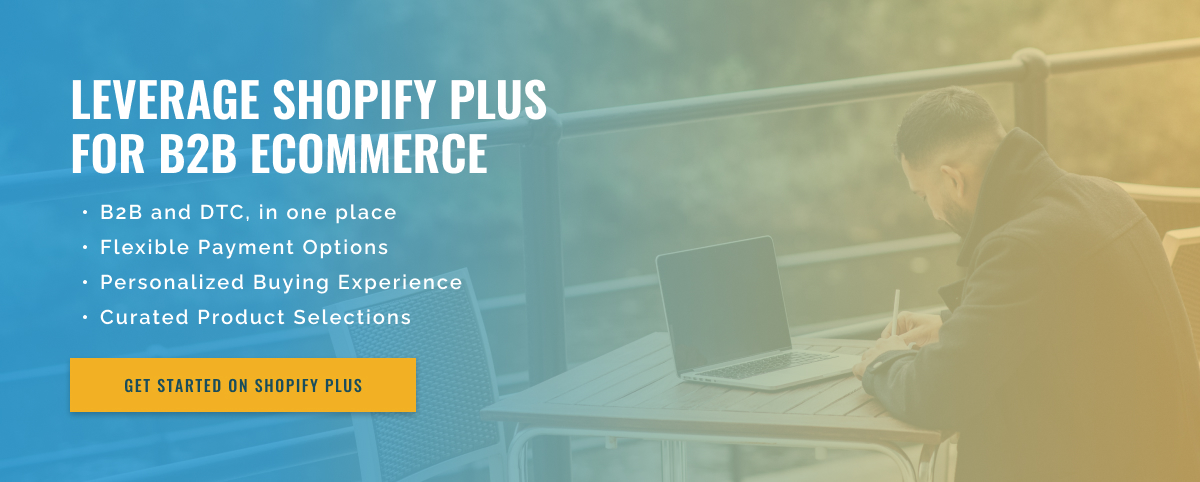3 minute read
Best Practices for Developing Shopify B2B Solutions
As more and more businesses move to eCommerce, the need for B2B solutions is growing. And with Shopify emerging as one of the leading eCommerce platforms, it’s no surprise that many businesses are turning to Shopify for their B2B needs. However, building an effective Shopify B2B solution requires careful planning, execution, and best practices. In this blog, we discuss the best practices that developers should follow when building Shopify B2B solutions.
1. Understand the B2B landscape: Before you start building a Shopify B2B solution, it’s crucial to have a deep understanding of the B2B landscape. B2B transactions are different from B2C transactions, and your solution should reflect that. For example, B2B customers tend to have complex pricing structures, bulk ordering needs, and specific payment terms. The solution needs to be designed with these factors in mind.
2. Customization is key: One of the key benefits of using Shopify solutions for B2B is the flexibility and customization options. As a developer, you need to leverage this and build a solution that meets your customer’s specific needs. This could include customized pricing rules, discount offers, and personalized product catalogs for different customers.
3. Integrate with third-party systems: B2B businesses often have complex backend systems like inventory management, ERP, and CRM. These systems are critical to the smooth running of your business, and your solution needs to integrate seamlessly with these systems. This means leveraging APIs and building custom integrations to ensure real-time data flows between systems.
4. Prioritize security: B2B transactions often involve sensitive and confidential information, and security should be a top priority for any solution built on Shopify. Make sure you implement solid security protocols and mitigate potential threats to keep customer data safe and maintain their trust.
5. Provide a user-friendly interface: B2B customers expect a smooth and easy ordering process, just like B2C customers. Therefore, the interface of your solution needs to be user-friendly and intuitive. This means you should include features like bulk ordering, quick reordering, and the ability to save and track orders.
6. Add automation: Automation can greatly improve the B2B purchasing experience, and your solution should take advantage of this. For example, you can automate the generation and sending of invoices and reminders for overdue payments. This not only saves time, but also improves the efficiency of the entire process.

